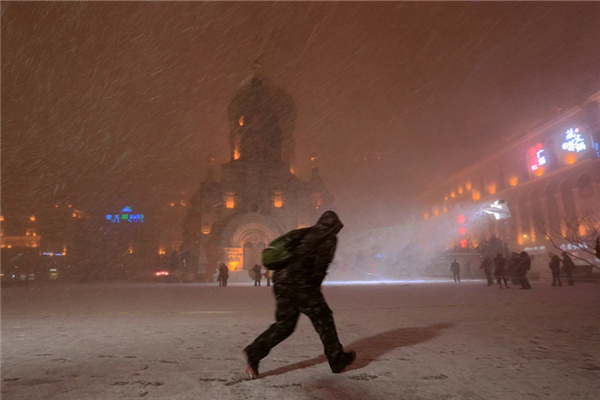


In September 2008, China witnessed a massive exodus of hot money due to the global financial crisis. However, with the Chinese economy showing signs of improvement in the second quarter of 2009, the situation reversed with a rush of hot money returning to China.
In late June 2009, China's foreign reserves increased sharply to $2.13 trillion, making China the world's largest foreign reserve holder with its foreign reserves accounting for about 30 percent of the world's total.
Since then, China has maintained foreign reserves larger than the combined total of those ranking No 2, 3, 4 and 5 - i.e., Japan, Russia, Taiwan and India.
China's foreign reserves jumped by $177.87 billion in the second quarter of this year, up 2,200 percent in terms of the amount of growth compared to the previous quarter's $7.71 billion growth.
Given China's strict control on capital accounts, the change in foreign reserves, in general, was caused mainly by the change in trade surplus or foreign direct investments (FDI).
However, the recent sharp increase in China's foreign reserves was attributed to the increase in speculative funds rather than an increase in trade surplus or FDI.
The investments by both QFII (qualified foreign institutional investors) and QDII (qualified domestic institutional investors) are subject to strict government screening. Considering that QFII and QDII investments each stood at below $50 billion this year, the impact of these financial investments on China's foreign reserves was insignificant.
China's trade surplus and FDI totaled $38.79 billion in April-May 2009, which represented only 28.6 percent of the $135.75 billion growth in the nation's foreign reserves during the period. The influx of hot money into China is estimated at $30 billion to $40 billion in the first half of this year.
External factors behind the return of hot money include the financial easing policies taken by major countries. Along with the collapse of market trust resulting from the financial crisis, large financial institutions increased the amount of cash they held while dumping such financial assets as bonds, causing a slowdown in currency circulation in the global financial system.
Western countries cut interest rates to get the economy back to normal. As a result, they secured financial liquidity, leading to a sharp increase in the reserve base.
As the global financial system shows signs of stabilization, a massive amount of "low cost" funds are being transformed into hot money and injected into the rapidly recovering emerging markets.
China's capital market regaining vigor, thanks to its economic recovery, is yet another factor behind the influx of hot money.
The stable recovery of the real economy and the revival of the financial market also contributed to bringing hot money back to China.
Unlike the influx of hot money in 2006 and 2007, when market expectations for a possible appreciation of the renminbi played a key role, today's inflow of hot money does not seem to have any close relationship with expectations of a yuan appreciation, which is expected to remain unchanged unless exports improve further.
Given that China's exports in the first half declined by 21.8 percent from the previous year, the possibility is low that the yuan will appreciate.
The influx of hot money contributed to the expansion of credit loans and the rebounding of asset value. However, it remains to be seen how long its effect will last.
The return of hot money generated a favorable anti-deflation effect by facilitating the expansion of credit loans and the resurgence of asset value.
If the influx of hot money continues even after the economy stabilizes in the third quarter of 2009, the inflationary pressure could escalate due to an excessive expansion of credit loans and a bubble in asset value.
The impact of hot money up until now is estimated to be at a negligible level. Considering the scale of capital outflow since September 2008, the current level of hot money in China is similar to the level of early 2008.
Given that China runs a strict financial management system, chances that a massive movement of hot money will incur a financial crisis in Asia is slim.
Other factors include the fact that the current influx and outflow of hot money remains within a controllable range and China maintains an appropriate level of foreign reserves.
The influx of hot money is expected to generate a temporary and limited influence on China's credit loans and capital market.
The return of hot money has contributed to the expansion of credit loans and the rebound in asset values, thereby exerting a favorable influence on the Chinese economy. The inflow of hot money is expected to continue in the second half of 2009.
To offset a decline in exports, the Chinese government will likely acquiesce and allow the influx of a certain level of hot money. However, if the influx of hot money expands too much, the government may strengthen its control to secure financial stability.
The author is a researcher with Samsung Economic Research Institute (China). The views expressed here are his own.
(China Daily 09/21/2009 page2)













